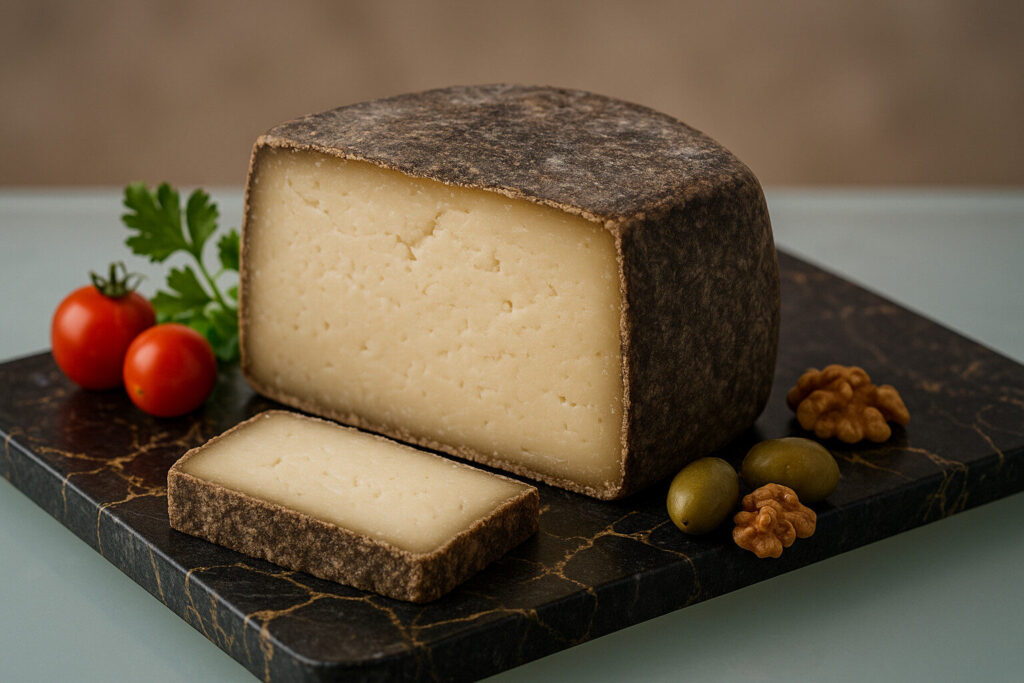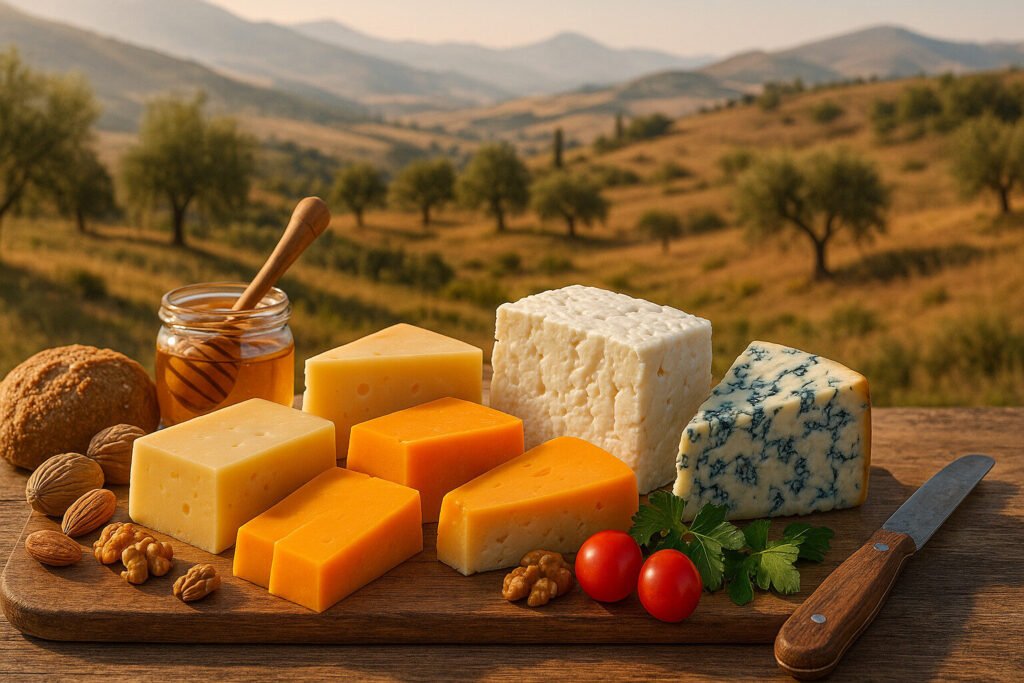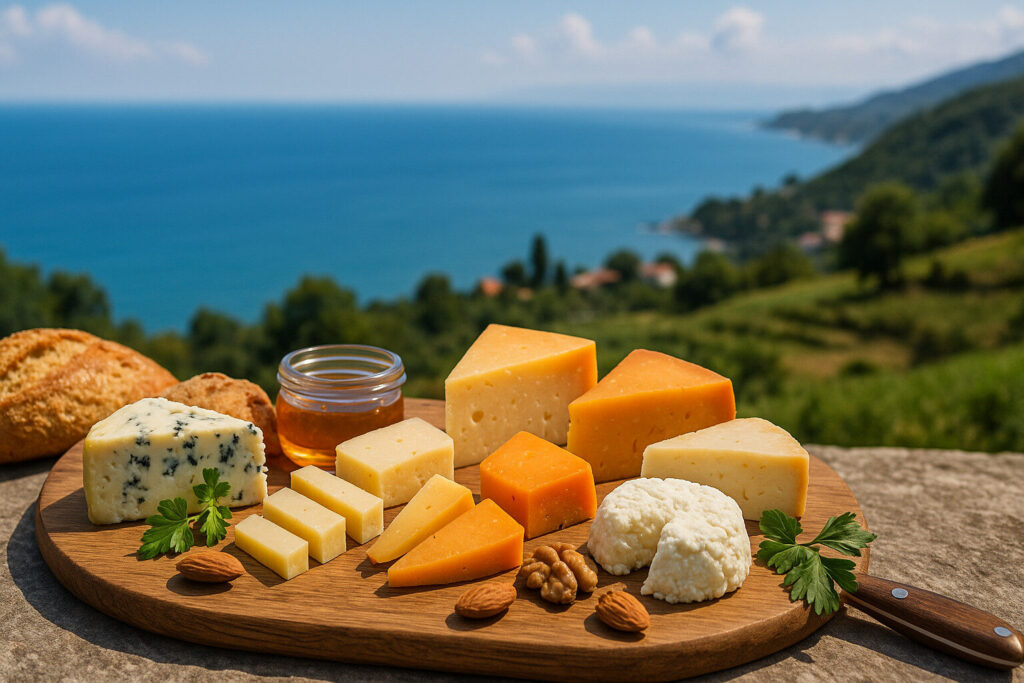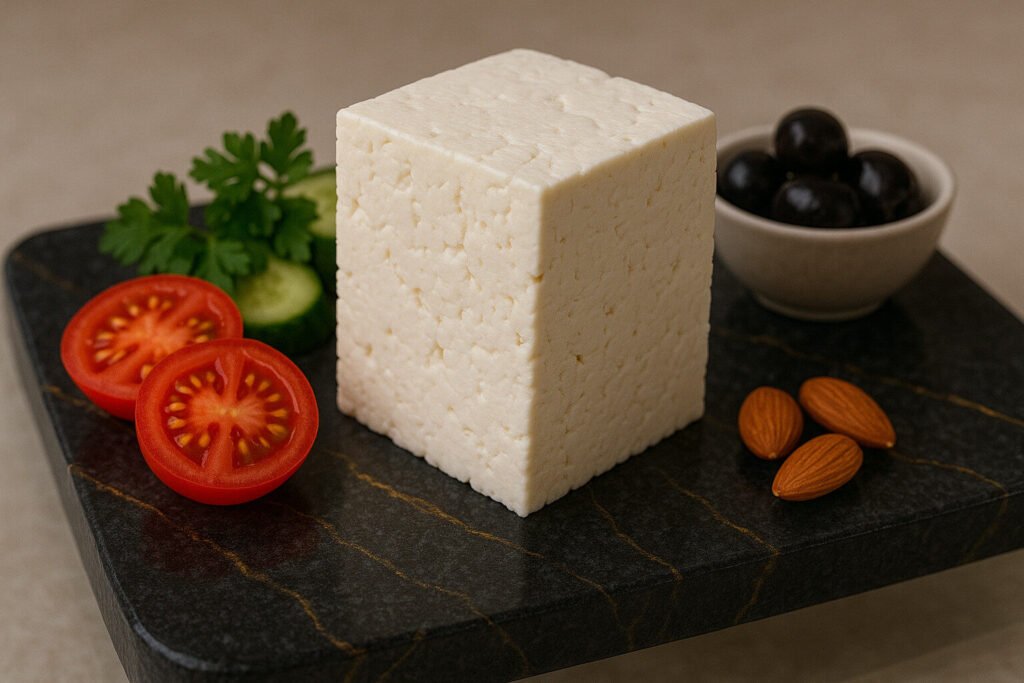Cheese Of Iran
Definition and Scope
Iranian cheese represents a distinct category within global cheese taxonomy, shaped by the country’s geography and pastoral traditions. These cheeses are primarily produced from sheep’s or goat’s milk, reflecting the dominant livestock in Iran’s mountainous regions. The category encompasses both fresh varieties like paneer and aged brined cheeses, demonstrating notable diversity.
Traditional production methods have been preserved for centuries, often utilizing animal rennet for coagulation. The scope includes regional specialties that are integral to local diets and food culture. These cheeses are defined by their adaptation to Iran’s climate and the specific microbial environments of their production areas.
Production Methods
Iranian cheese production typically begins with raw milk that is gently heated before rennet addition. The curd is often hand-ladled into molds, preserving a delicate texture in fresh varieties. Many traditional producers still use woven baskets for draining, which imparts characteristic patterns on the cheese surface.
Brine-salting is the predominant preservation technique, creating the salty, moist cheeses common throughout Iran. Aging periods vary from days for fresh cheeses to several months for harder varieties. The production process emphasizes minimal intervention, allowing natural fermentation to develop complex flavors.
Sensory Profile
Iranian cheeses typically present pronounced salty and tangy notes, resulting from brine immersion. Fresh varieties offer mild, milky flavors with a soft, crumbly texture that melts easily. The sheep’s milk cheeses often carry distinctive grassy and herbal undertones from pasture grazing.
Aged examples develop deeper savory characteristics with occasional crystalline textures. The aroma profile ranges from fresh and lactic in new cheeses to robust and complex in matured versions. These sensory qualities make Iranian cheeses immediately recognizable to experienced palates.
Culinary Applications
Iranian cheeses serve essential roles in both everyday meals and festive occasions. They are commonly featured at breakfast tables alongside fresh herbs, walnuts, and flatbreads. Fresh white cheeses are frequently crumbled over salads or incorporated into filled pastries.
Brined cheeses are often served as table cheeses or melted into traditional egg dishes. Their high salt content makes them excellent for cooking, where they add depth to stews and rice preparations. The versatility of Iranian cheeses allows them to complement both simple and elaborate culinary creations.
Regional Examples
Lighvan cheese represents one of Iran’s most famous protected designations, originating from the Tabriz region. This raw sheep’s milk cheese develops small eyes and a semi-hard texture through natural aging. Its distinctive sharp flavor comes from specific microbial activity in mountain caves.
Paneer-e Khiki is a fresh cheese from northern Iran, known for its high moisture content and mild taste. Kupa cheese from Kurdistan features a unique smoked variation using local wood types. These regional examples demonstrate how microclimates and traditional knowledge create distinctive cheese identities across Iran.




